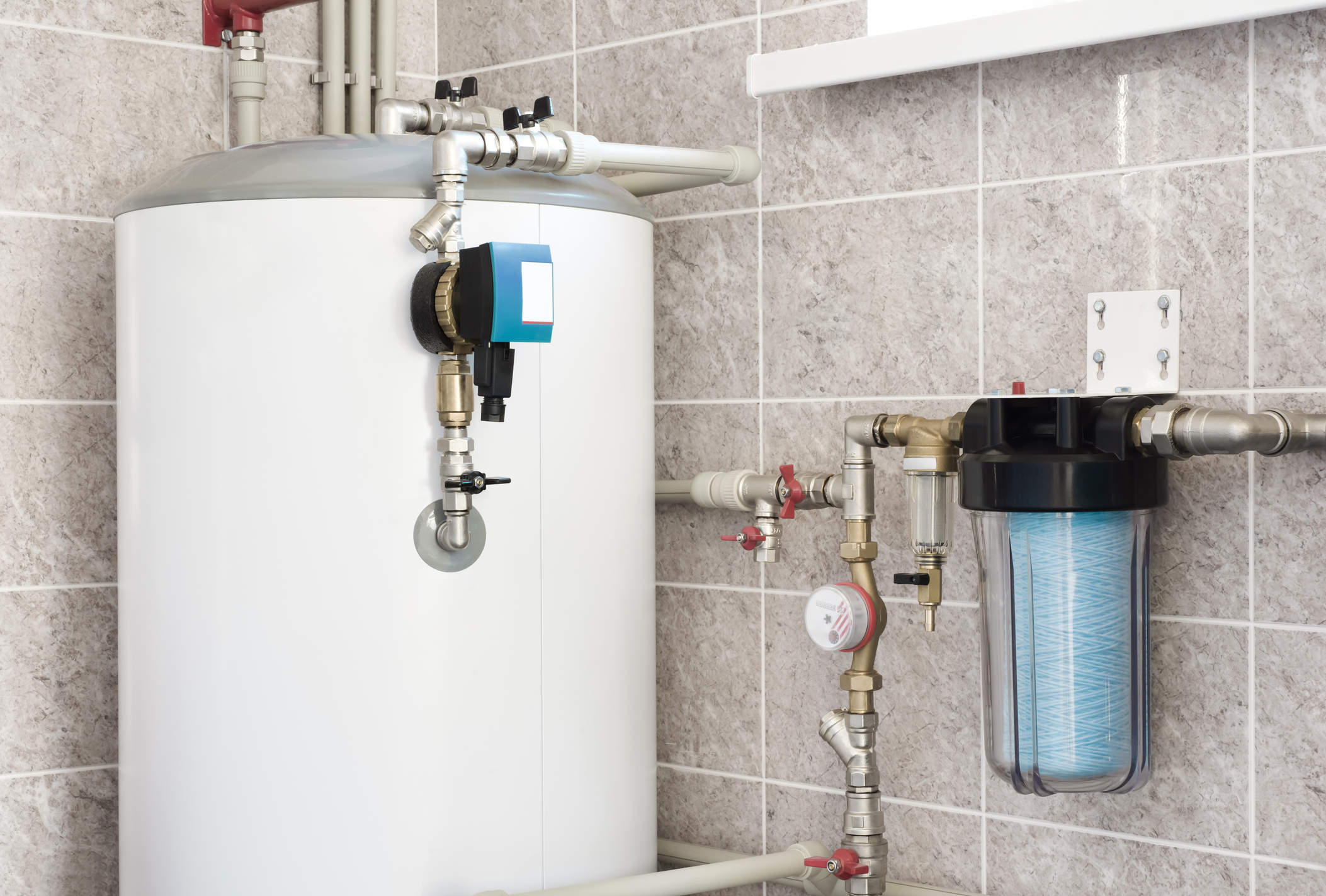Steps to Prolong the Life of Your Home's Hot Water System By MaintenanceSteps to Effectively Care for Your Home's Hot Water SystemStep-by-Step Steps to Caring for Your Home's Hot Water System
Steps to Prolong the Life of Your Home's Hot Water System By MaintenanceSteps to Effectively Care for Your Home's Hot Water SystemStep-by-Step Steps to Caring for Your Home's Hot Water System
Blog Article
The content down the page pertaining to What Kind of Maintenance Do Water Heaters Need? is highly enlightening. Don't skip it.

Warm water is important for everyday convenience, whether it's for a refreshing shower or washing meals. To ensure your warm water system runs successfully and lasts longer, regular maintenance is crucial. This write-up gives useful ideas and understandings on just how to maintain your home's hot water system to avoid interruptions and expensive repair services.
Intro
Keeping your home's warm water system might seem difficult, yet with a few basic actions, you can guarantee it runs efficiently for several years ahead. This overview covers whatever from comprehending your hot water system to DIY maintenance suggestions and understanding when to contact expert assistance.
Significance of Preserving Your Hot Water System
Regular maintenance not only expands the life-span of your warm water system but likewise ensures it operates efficiently. Overlooking maintenance can lead to decreased efficiency, greater power costs, and also early failure of the system.
Indications Your Hot Water System Needs Maintenance
Recognizing when your warm water system needs attention can prevent significant concerns. Keep an eye out for indications such as inconsistent water temperature, strange sounds from the heating unit, or rustic water.
Purging the Hot Water Heater
Flushing your water heater removes debris accumulation, improving efficiency and prolonging its life.
Monitoring and Replacing Anode Rods
Anode rods protect against rust inside the tank. Evaluating and changing them when worn out is crucial.
Facility Problems Requiring Specialist Assistance
Examples consist of major leakages, electrical troubles, or if your water heater is consistently underperforming.
Regular Professional Upkeep Perks
Professional upkeep can include complete assessments, tune-ups, and ensuring conformity with safety requirements.
Inspecting and Changing Temperature Setups
Adjusting the temperature level settings makes sure ideal efficiency and security.
DIY Tips for Upkeep
You can perform a number of maintenance jobs yourself to maintain your hot water system in leading condition.
Checking for Leakages
Frequently examine pipelines and connections for leaks, as these can bring about water damage and higher costs.
Understanding Your Hot Water System
Prior to diving into maintenance jobs, it's useful to comprehend the basic elements of your hot water system. Typically, this includes the hot water heater itself, pipelines, anode rods, and temperature controls.
Month-to-month Upkeep Tasks
Regular regular monthly checks can aid capture minor problems prior to they rise.
Testing Pressure Relief Valves
Examining the stress safety valve ensures it works appropriately and prevents extreme stress buildup.
Protecting Pipelines
Shielding warm water pipes decreases warm loss and can conserve power.
When to Call a Specialist
While do it yourself maintenance is helpful, some concerns call for specialist competence.
Final thought
Normal upkeep of your home's warm water system is important for effectiveness, durability, and price financial savings. By following these suggestions and understanding when to look for specialist aid, you can make certain a reputable supply of warm water without unanticipated disturbances.
Water Heater Maintenance Tips
Test the TPR Valve
Shut off the power and the cold-water supply valve. Place a bucket under the pipe connected to the temperature-pressure-release (TPR) valve on the top or side of the tank. (This valve opens if the tank pressure gets too high.) Lift the valve’s tab to let some water out, then let go. If water keeps flowing, drain the tank partway, unscrew the old valve with a pipe wrench, and install a new one. Check the Anode Rod
Put a hose to the tank’s drain cock and let out a few gallons of water. Now fit a 1 1/16-inch socket onto the rod’s hex head on top of the heater (or under its top plate) and unscrew the rod. If it’s less than ½ inch thick or coated with calcium, buy a new one, wrap its threads with Teflon tape, put it back in the tank, and tighten securely. Use this segmented rod if headroom above the tank is limited. Drain the Tank and Wash Out Sediment
Drain the remaining water in the tank into the bucket, then stir up the sediment on the tank’s bottom by briefly opening the cold-water supply valve. Drain and repeat until clean water comes out of the hose. Close the drain cock, refill the tank, and turn its power back on. Adjust the Temperature
Find the temperature dial on the side of the tank and unscrew its cover. Adjust the dial to 120 degrees using a flathead screwdriver. For every 10 degrees the temperature is lowered, you can expect to save up to 5 percent in energy costs. Turn the water heater off or the thermostat down to its lowest setting if you plan to be away from home for more than three days. Insulate the Pipes
Buy some self-sticking 3/8-inch-thick foam pipe insulation that matches the pipes’ diameter. Slide the foam over the hot-and cold-water pipes as far as you can reach. Insulating the cold-water pipe prevents condensation in summer. Peel the tape and squeeze the insulation closed. If the pipe is 6 inches or less from the flue, cover it with 1-inch-thick unfaced fiberglass pipe wrap. https://www.thisoldhouse.com/plumbing/21016402/how-to-maintain-a-water-heater

I ran across that entry on How to Maintain Your Water Heater & Prolong its Life when doing a search on the search engines. For those who appreciated our article plz remember to pass it around. Thanks a bunch for your time. Don't hesitate to check up our blog back soon.
Need Help? Hire Us Now! Report this page